Remember the Alamo
Texas is not like any other state, we get that, but even this old California boy has to admit it has some pretty special parts. One of them is their rich history, first as the free land of many Native American tribes, then as a Spanish colony, a Mexican state, an independent state and eventually part of the United States. And no place in Texas symbolises this colourful journey more than an abandoned 18th century mission converted to an army outpost. As the Texans still recite with pride, “Remember the Alamo!”
Julie and I found ourselves in downtown San Antonio, home of the famous Alamo, after about nine days exploring west Texas, including the fabulous Big Bend National Park. It was time for some online admin chores, catch up on our laundry, have Tramp get his first check-up from a local Chevrolet dealer and enjoy the sights and sounds of this large city. And as we learned quickly, in San Antonio everything revolves around the Alamo.
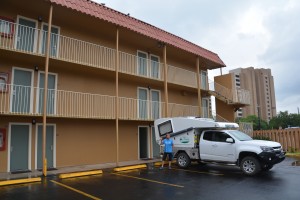
Tramp, Julie and I were all sad about our first night’s camp in San Antonio and moved out the next morning
Due to the logistics of completing our To Do list in the shortest possible time we opted to stay downtown in a modest chain motel which didn’t fail to disappoint us at every turn. We concluded (again) that we are much happier and better suited to any sort of a campground or RV park before wasting money on a shabby motel. The motel’s location did allow us the convenience of walking down to the very cool River Walk area of downtown San Antonio and enjoy a rare restaurant dinner (our first of the trip) while sitting outside and absorbing the busy scene along the banks of this reconstructed river. A great night out.
The story of the Alamo is taught in every American school and patriotically sums up the fight for independence of this growing nation back in the middle of the 19th century. And any proud Texan, which means all Texans, will almost tear up at the mention of the Alamo. Or so it goes.
In a nutshell, most of Texas, like all of Mexico, was under the control of Spain until Mexico fought and won their independence in the early 1820’s. Texas willingly became a state of Mexico and the government enticed new American pioneers to move west and settle. In fact, this program became so successful that soon these American settlers from the eastern states vastly outnumbered Mexicans from the south.
With the fledgling Mexican government in turmoil and demanding a more centralised powerbase the American settlers – now Texans – insisted on staying as independent as possible. When the Mexican general Santa Anna (boo, hiss) came charging across the Rio Grande with his large army to quell this colonial uprising the small band of American soldiers and settlers grouped together in an old mission that had been converted to an army post – the Alamo – to defend themselves.
With no reinforcements on the way but some legendary American pioneers like Jim Bowie and Davey Crockett they gallantly fought to the death rather than surrender. In the end over 200 Texans were killed by the Mexicans but it stirred the soldiers elsewhere to defeat the Mexican army with the battle cry, wait for it, Remember the Alamo!, and shortly thereafter declared themselves independent of Mexico. The republic of Texas was born.
Today the Alamo, and the story behind it, is impressively presented through the original old mission itself, the reconstructed barracks – now a museum, and various storyboards, photos, artefacts and a short documentary. For anyone who wants to have a better understanding of some of the history of how this country was settled and the characteristics that Americans are so proud of the Alamo is a great place to start.
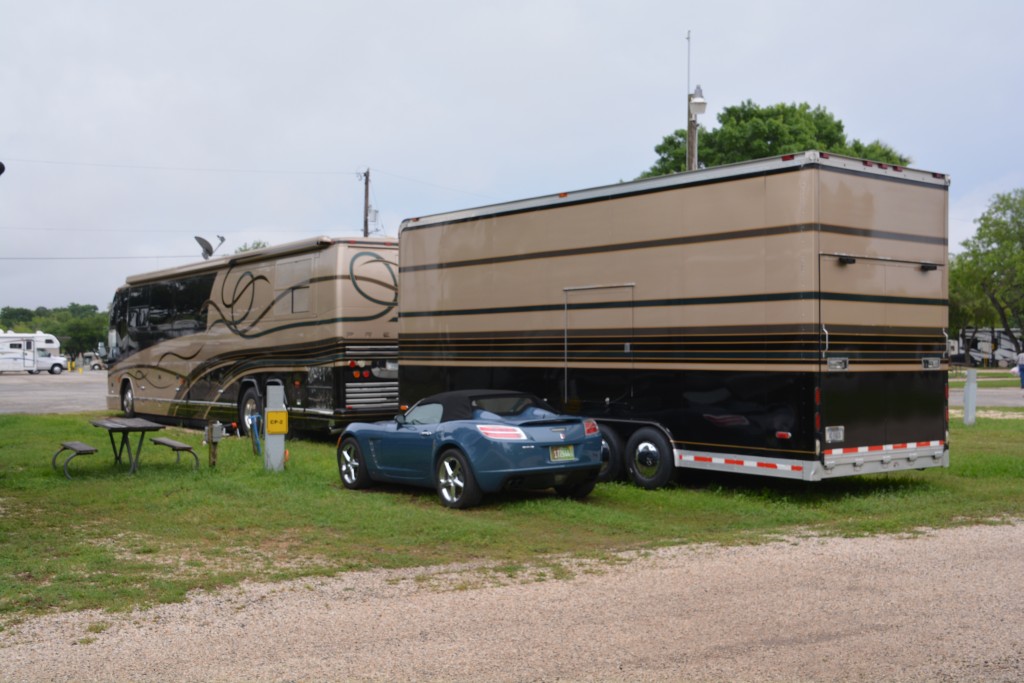
Texans love their RVs and the bigger the better. This bus-sized RV also pulls a huge toy trailer which carries this nice little sports car and probably many other essential items for these two people
But as it turns out, San Antonio has a few other gems that must be seen to get the whole 18th century settlement experience. In addition to the mission that became the Alamo, the Spanish Franciscan Friars built four other missions during the early to mid-1700’s along the San Antonio River just south of today’s downtown area.
These Spanish were determined to convert as many native Indians to Catholicism as possible, sometimes exercising excessive zeal. But to establish themselves and protect the Indians from marauding Apaches and other warring tribes the Friars built walled missions with substantial churches and other features like granaries and stone housing. They also trained their converts in the arts of masonry, guns, farming and, of course, the beliefs of the church.
The missions Conception, San Jose, San Juan and Estrada each have unique characteristics and are in various states of preservation but they all provide a strong sense of the commitment these Franciscan Friars had to saving souls and spreading the good word of the Catholic church. Even though none of these missions were a roaring success (the largest only had a maximum of 300 converted Indians in it at its heyday) their efforts are preserved today by the remains of graceful buildings which have stood the test of time.
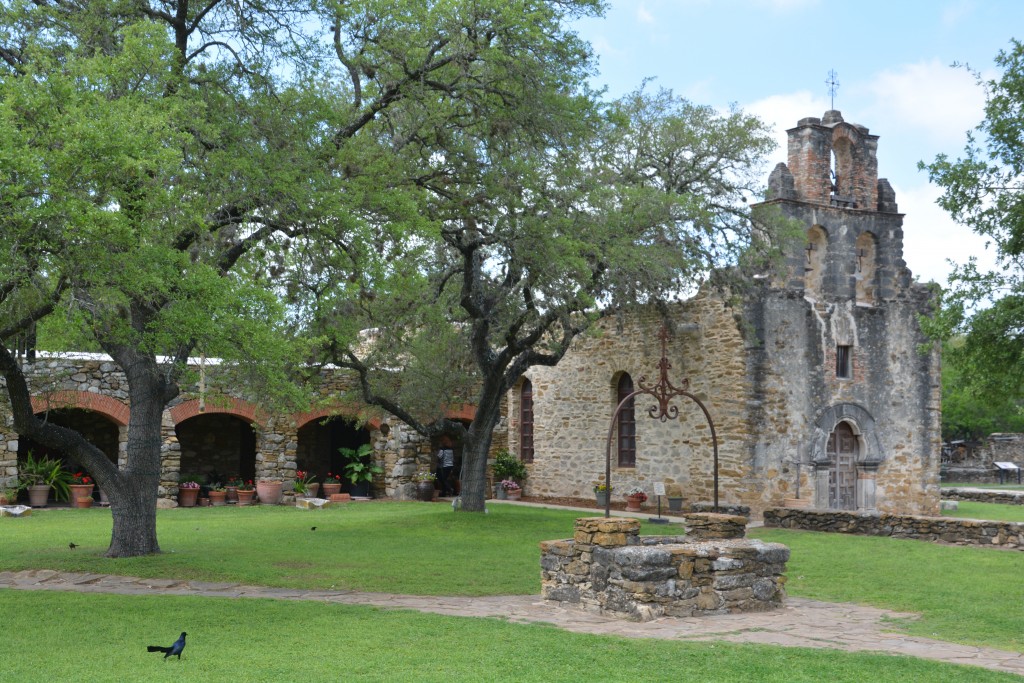
Mission Estrada was the smallest of the missions but part of it remained in use as a school until the 1960’s
Our time in Texas was drawing to a close but we still had two more nights in state parks on the way to the Louisiana border. The land flattened out and became rich farm fields and grazing paddocks with a common scene being endless stretches of young corn growing in the sunshine on one side of the road and open paddocks of cattle grazing on the other side.
We hit the Gulf of Mexico at the small town of Surfside and headed north up the beach along a string of permanent sand bars and banks. The houses here was fantastic – all built on stilts to withstand storms and painted in beautiful pastel colours such that at some times it was almost a fairy tale setting. We passed through the beachside town of Galveston and caught a ferry that crossed the large water ways in this southern delta. We then continued heading north along the water, stopping frequently to see how Texans enjoy their beaches.
The beach is very flat and hard so it was possible on many occasions for people to drive along the beach, perhaps stop for a picnic lunch, some fishing or let the kids splash in the water. The beach wouldn’t cut it in Australia or California but it was being well used by Texans up and down the coast.
Just short of the Louisiana border we stopped at our last Texas state park, drove out on the beach and backed Tramp into a spot for the night. It was a fitting end to a fabulous Texan experience – 11 nights enjoying all that west Texas and the southern reaches of the state had to offer. We had seen dry mountainous desert, spectacular scenery along the Rio Grande, the history and culture of San Antonio and finally the colourful beaches of the Gulf of Mexico.
We had also seen Texas at its best, big hats and wide hips, the distinctive state flag flying proudly from many homes and businesses, the Lone Star itself frequently featuring on the sides of homes, Trump bumper stickers, signs saying “Don’t Mess with Texas” and that Texan drawl that starts off a bit annoying but then becomes a bit addictive. We loved it all, amazed we stayed 11 days and a bit sad to go.

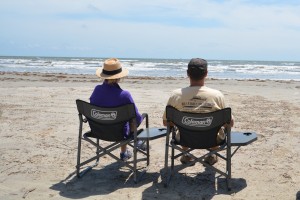
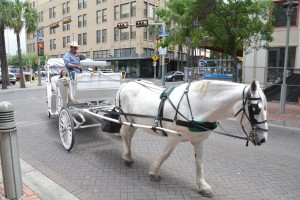
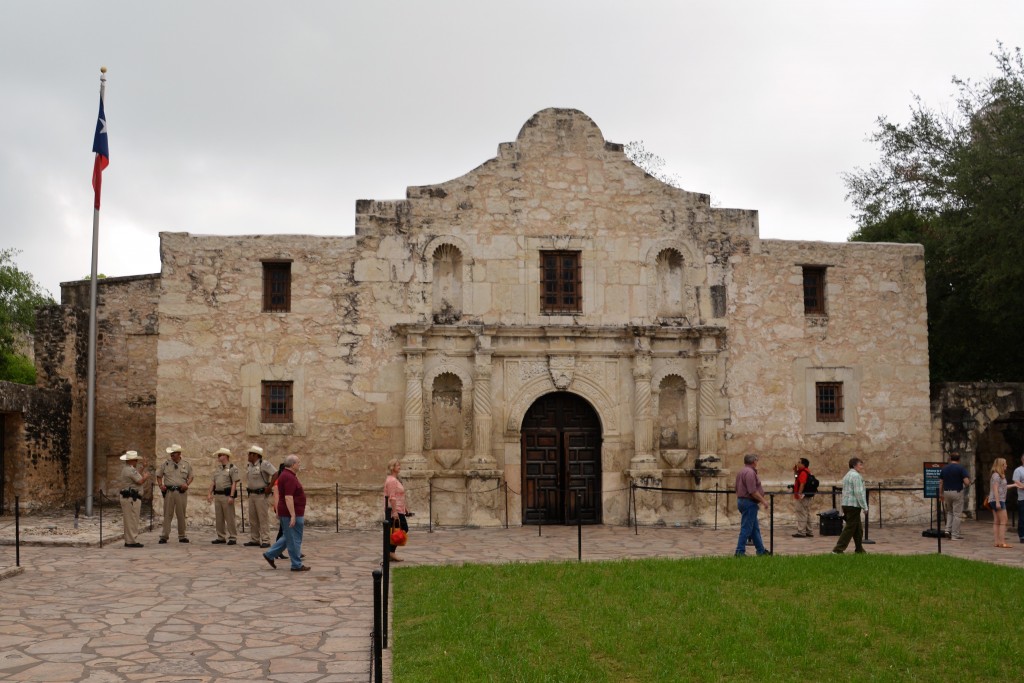
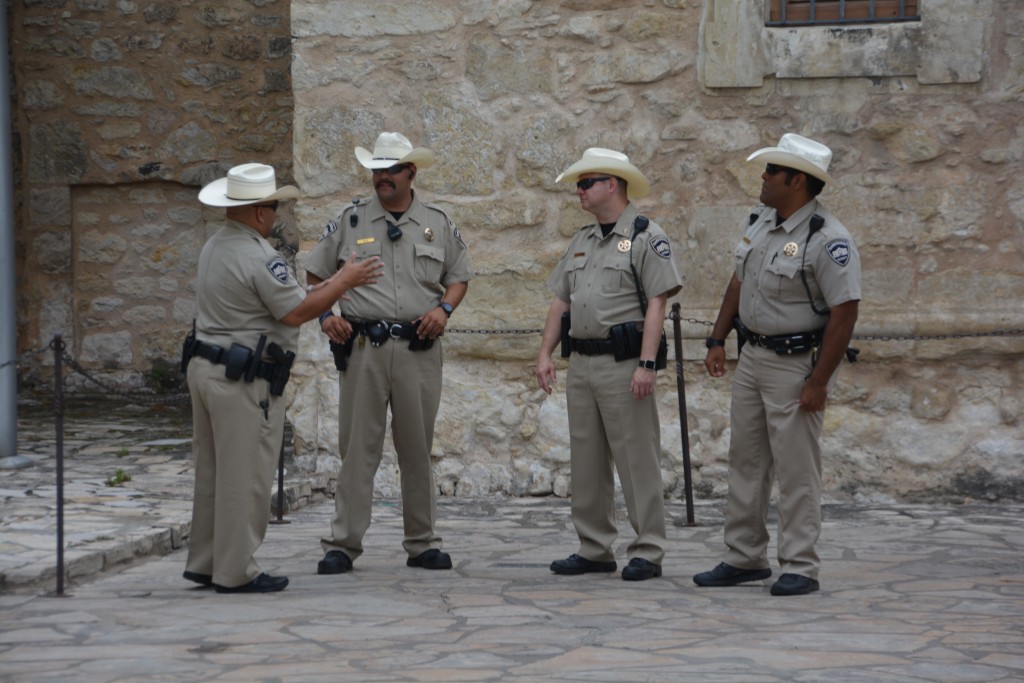
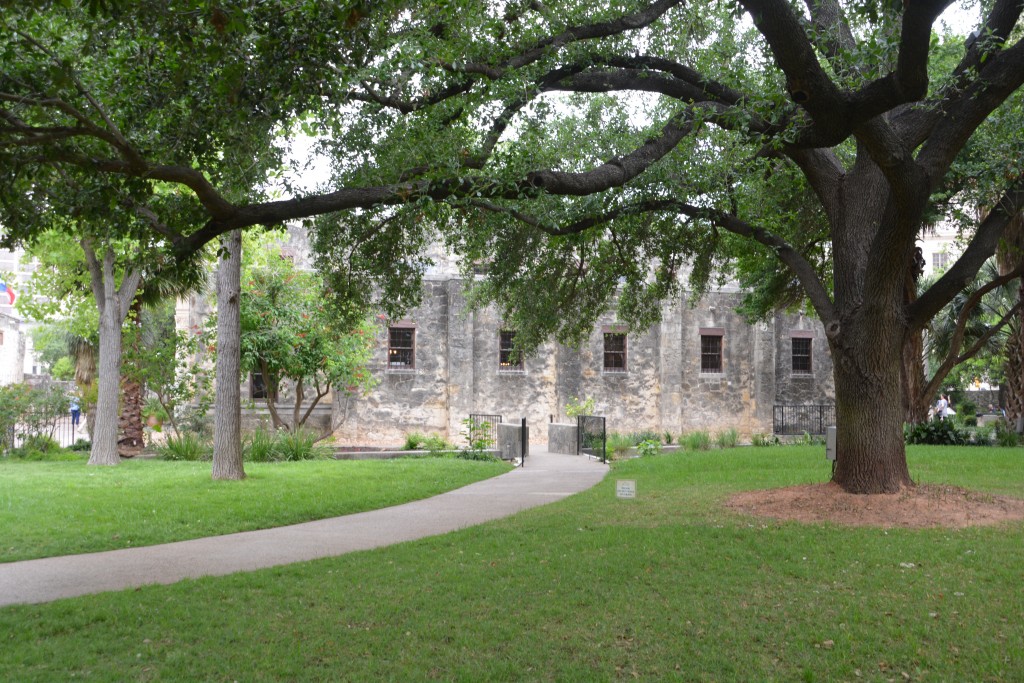
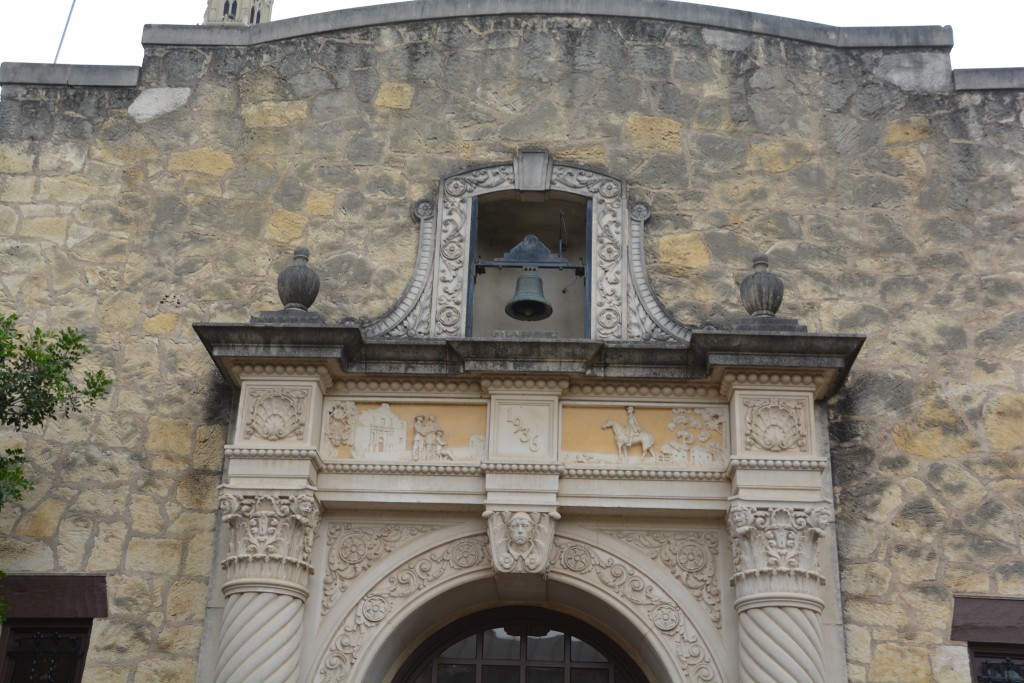
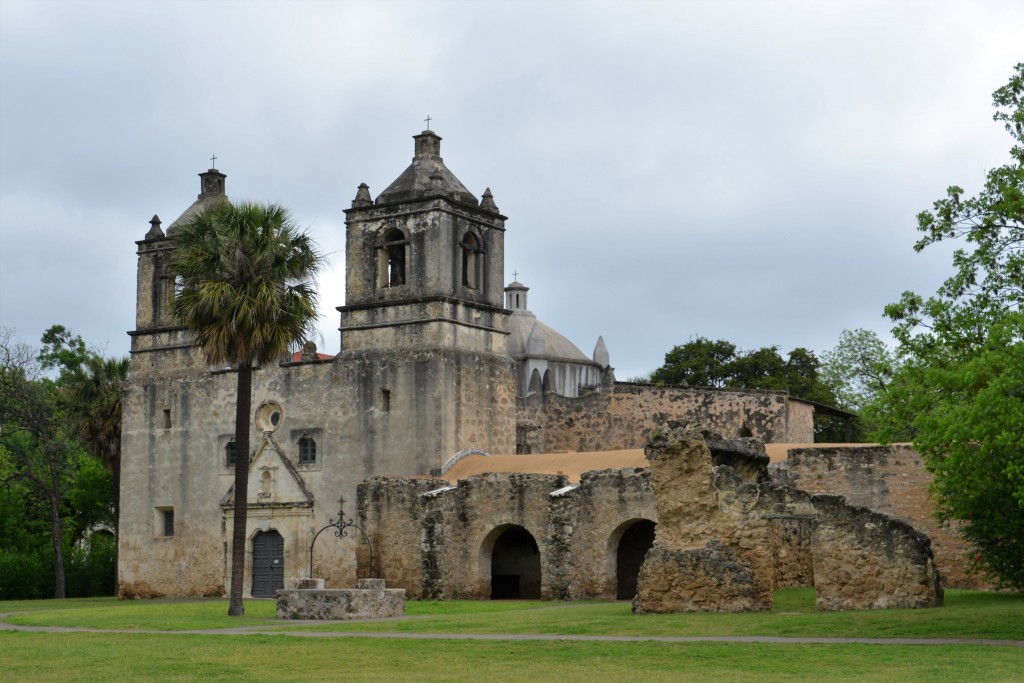
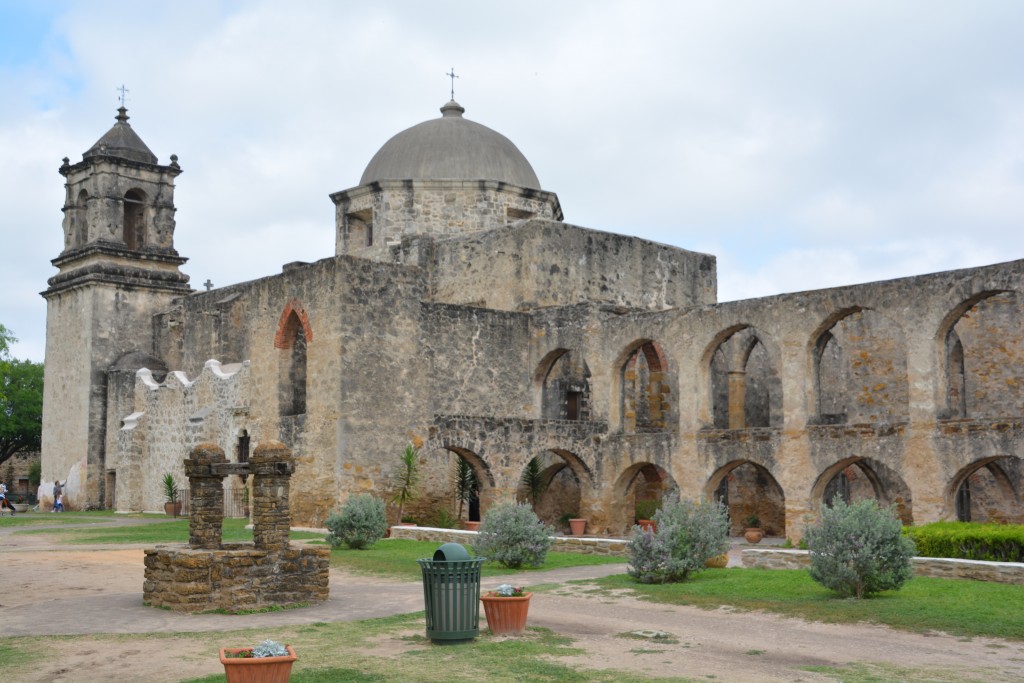
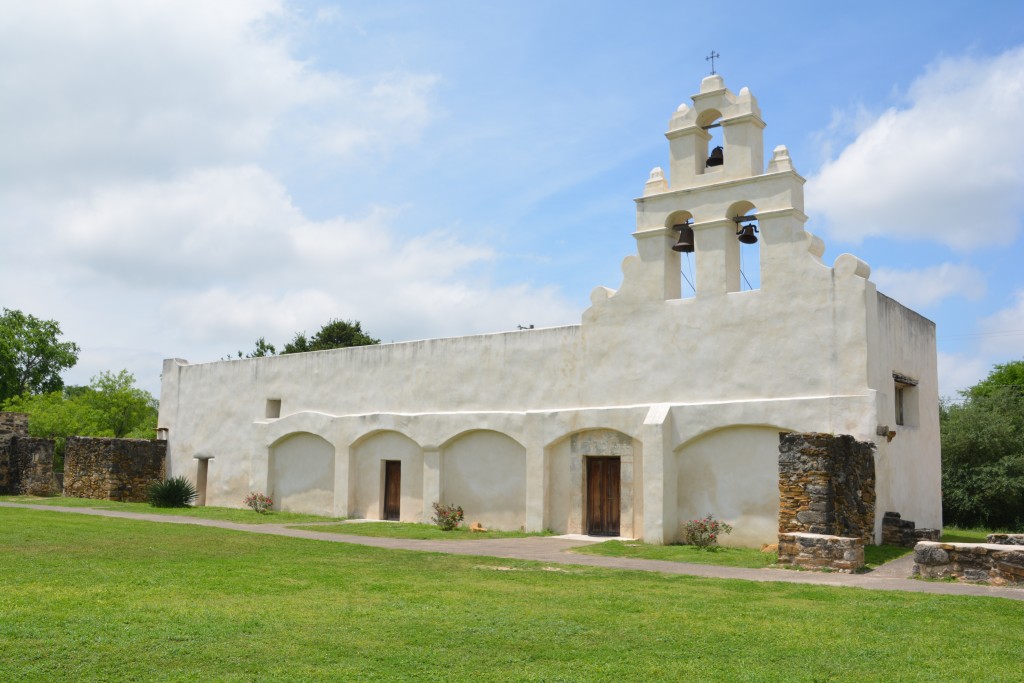
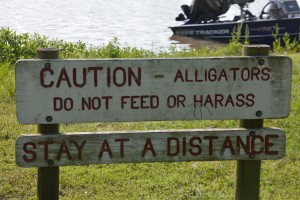
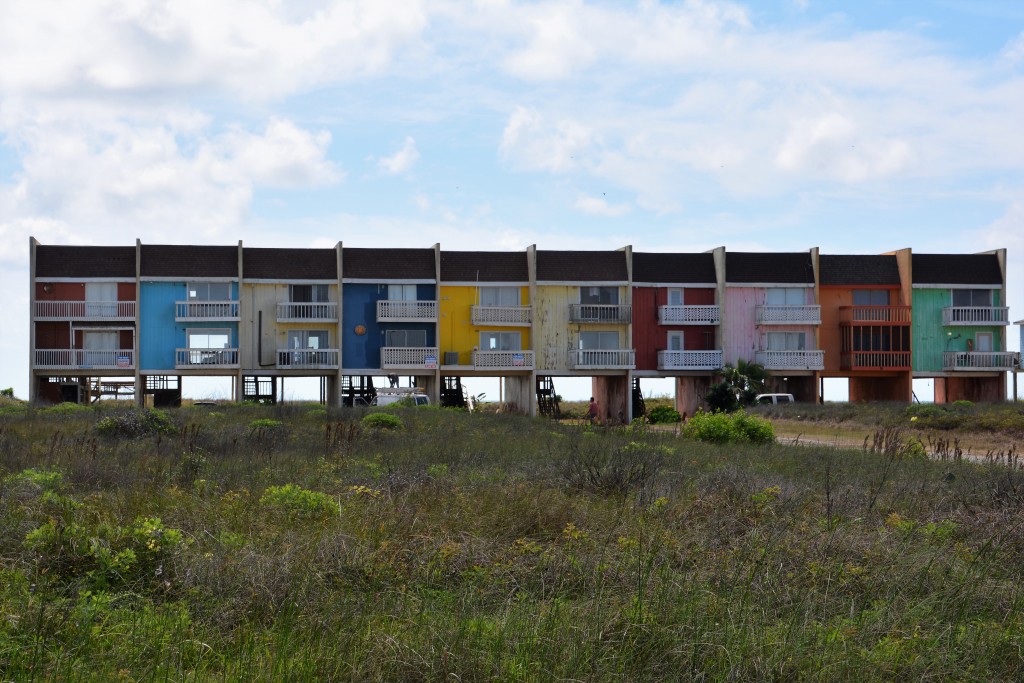
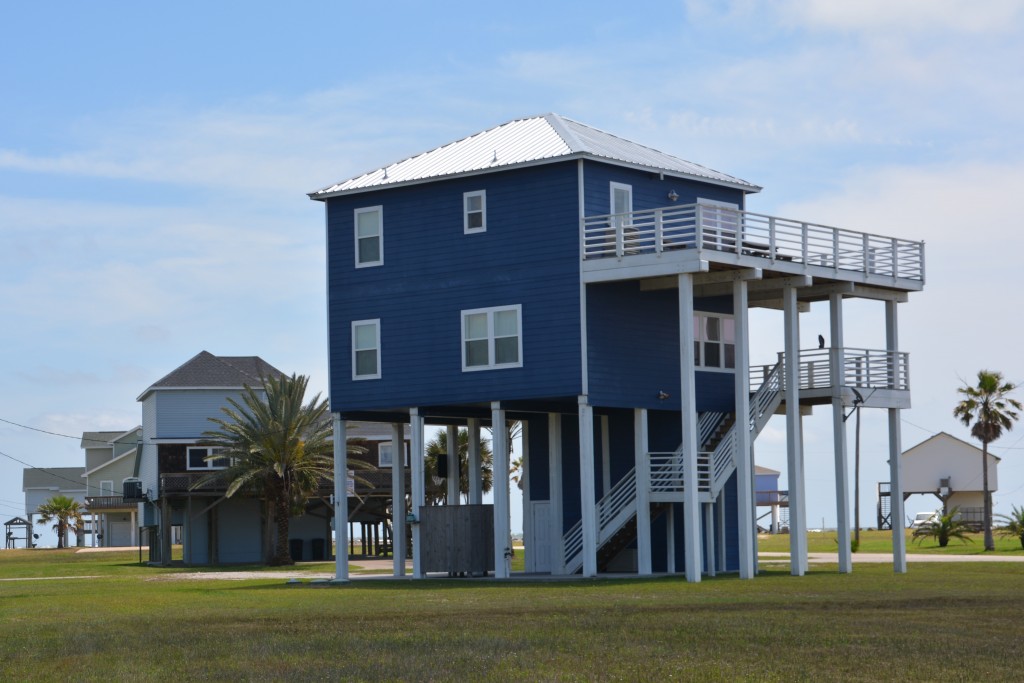
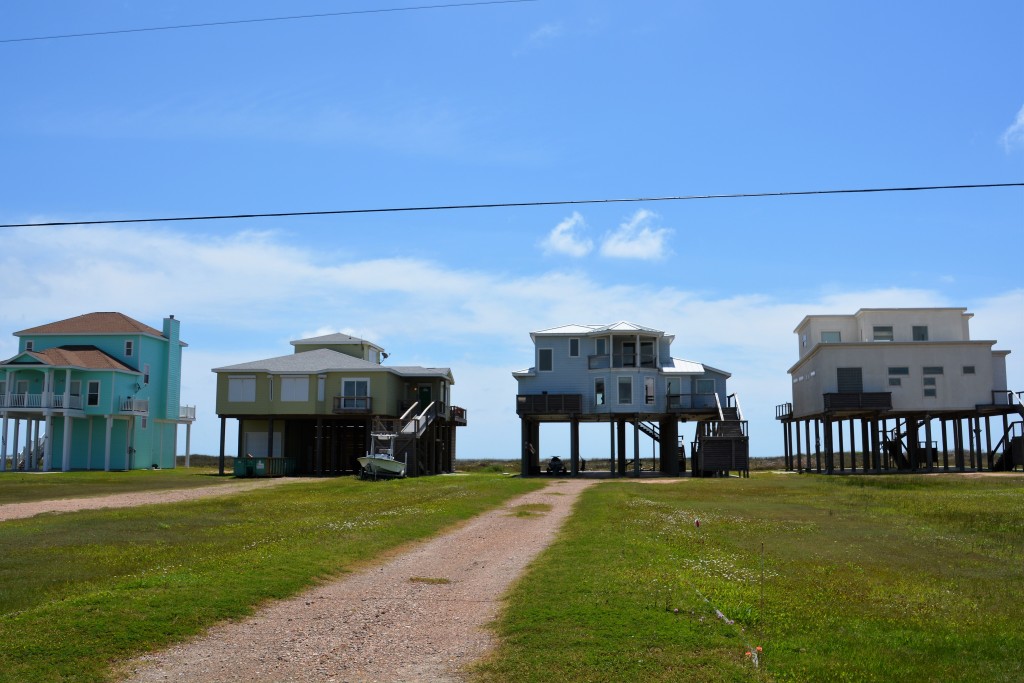
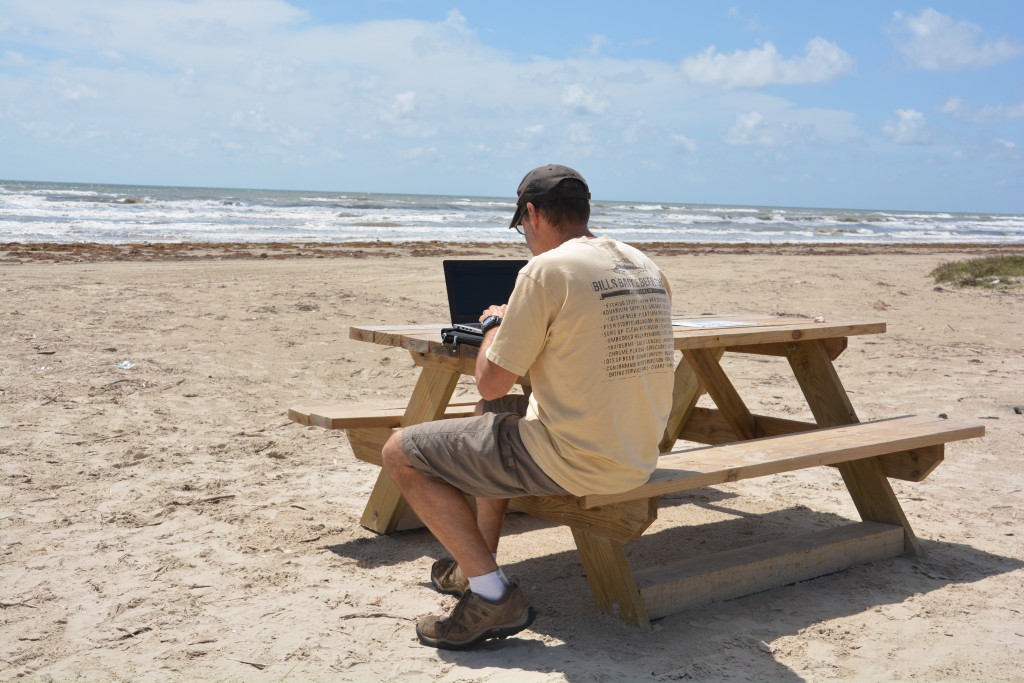
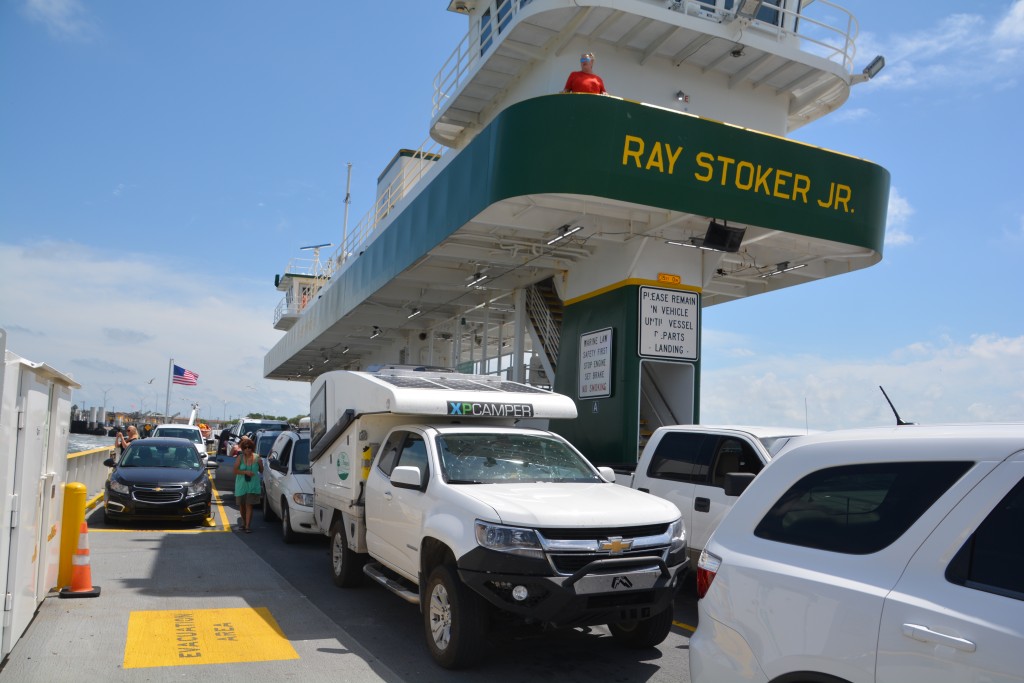
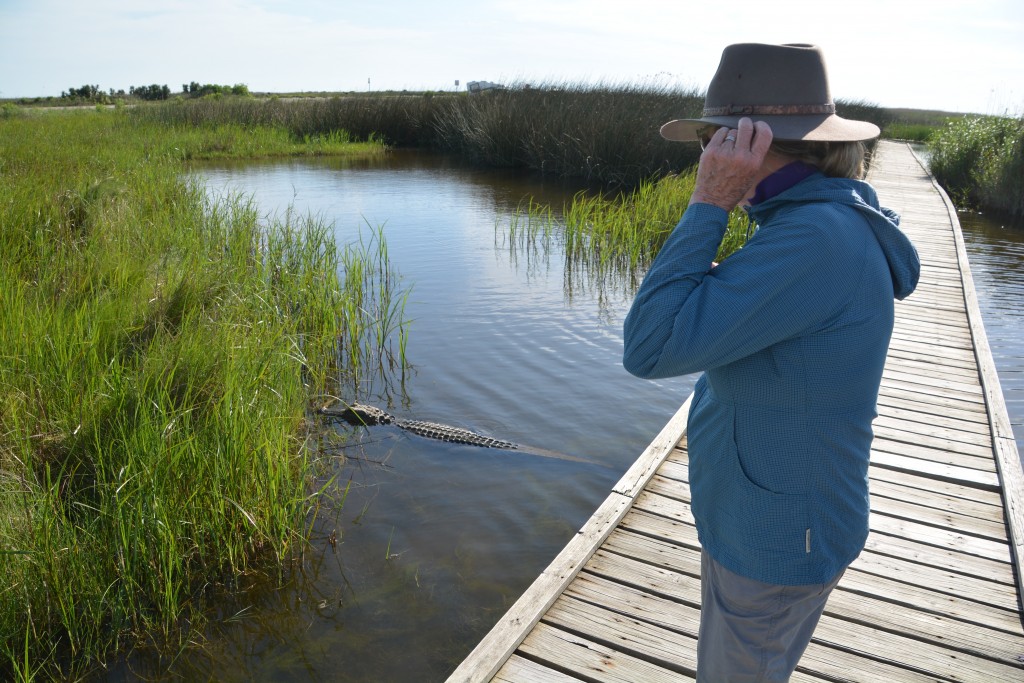
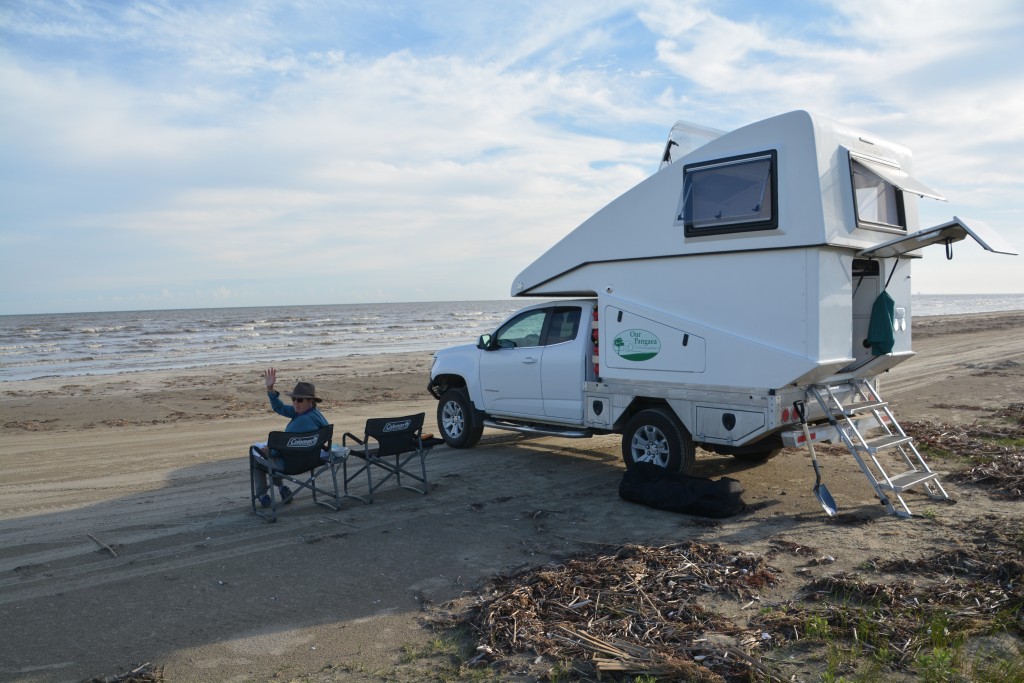
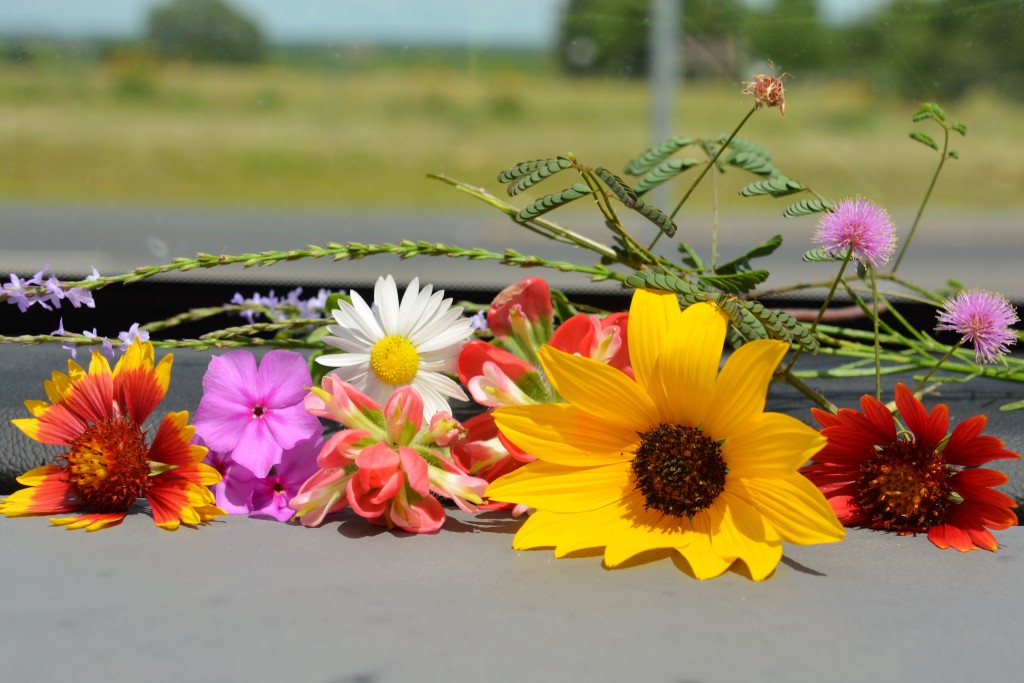
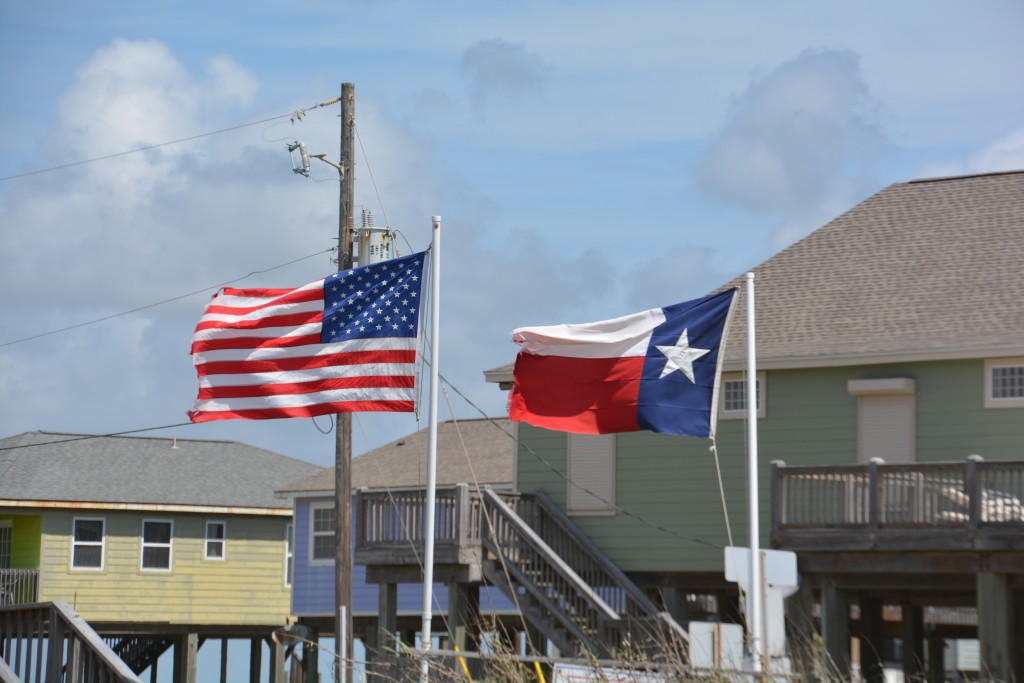
Comments
Remember the Alamo — No Comments
HTML tags allowed in your comment: <a href="" title=""> <abbr title=""> <acronym title=""> <b> <blockquote cite=""> <cite> <code> <del datetime=""> <em> <i> <q cite=""> <s> <strike> <strong>